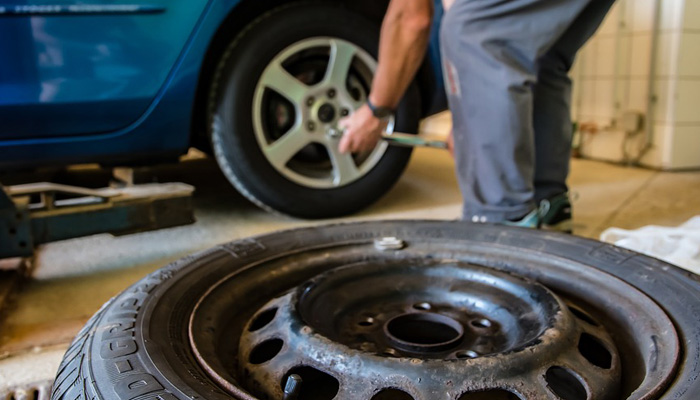Whenever you drive your car, your tires take a beating. Even with responsible and careful driving, your tires will eventually wear out. This is just an inevitable fact of life. Whether you own a small sedan or you’re driving a Mitsubishi Canter, having tires in poor condition can be catastrophic. Your vehicle can possibly go out of control or leave you stranded in the middle of nowhere.
Aside from knowing the right tires for specific driving conditions, it is also important to learn how to distinguish when you need them replaced. You would want to know if your tires are in bad shape. This allows you to get new ones even before anything goes wrong.
The easiest way to do this is to seek a professional mechanic and have them look at your vehicle from time to time. They will be able to tell you if you need to change your tires. However, there are some things you can do on your own to ensure that your tires are still in good shape. This saves you a trip to the local auto shop. Whether you own used Japanese trucks or you’re driving a family minivan, the signs below will help you determine if it is time to get new tires.
Weathering
One of the major factors that affect your tires is weathering. Whenever you drive your vehicle, you are exposing your tires to the elements, including the cold, heat, snow, ice, and water. Rubber is a natural material that will wear over the course of time. So, you must be aware of potential signs of weathering. Some of the common indicators are fine cracks in between the tread blocks and in the sidewall. If you see these cracks, you should have your tires immediately replaced. Otherwise, you are exposing the tire’s internal materials, causing more damages or issues to your vehicle.
Bulging
Bulging on your tires can happen when they suffer from a substantial impact with a curb or pothole. It is also possible that this issue is caused by manufacturer defects, but this is less common. When air gets between the inner liner of the tire and the outer material layers (metal, fabric, or rubber), a bulge can rise from your tires. The air pocket can weaken the area and if it ruptures, it can cause serious damages or injuries.
Vibration
If you feel your tires vibrating while you drive, this can be an indication of various possible problems. Vibration happens when the inner cords of the tire shift or separate. This may not be visible to the naked eye, but it can become evident once you mount the tire to a balancing machine. You might feel a bit lumpy when driving at low speeds and the vibration increases at highway speeds.
Tread Depth
You can also determine if your tires are worn out by looking at the tread depth. If your tires’ tread depth is greater than 2/32nds of an inch, then it is high time to replace them. There are different ways to measure this, but the easiest way to do so is by using a coin. There are available materials online that will teach you how to do this depending on the type of penny your country has.
Age
The age of your tires can also be associated with various issues. In general, manufacturers recommend having tires replaced after five or six years of use. Regardless of the tire depth and condition of the tires, they should absolutely be changed before reaching ten years. Look at the date stamp on the sidewall to know the week and year the tire was manufactured.
Don’t wait until it’s too late! Have your tires replaced to avoid damages and injuries.



